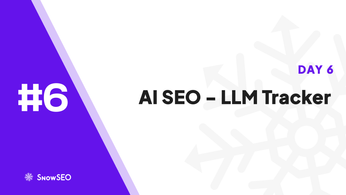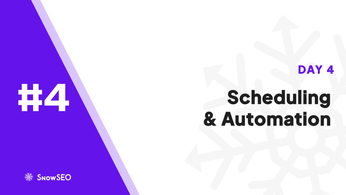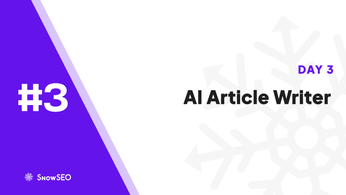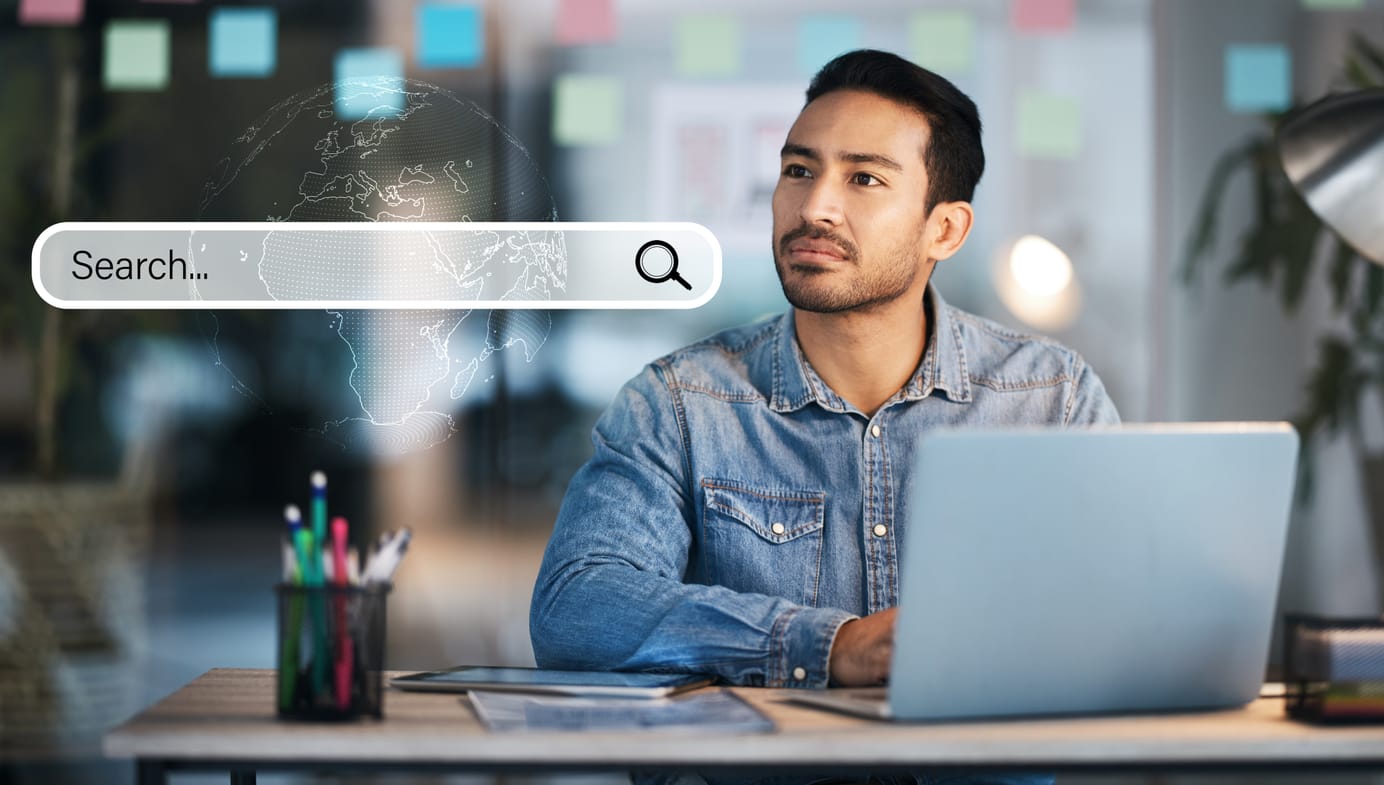
Enhance Content Optimization with LSI Implementation & E-E-A-T
Boost your online presence with content optimization! Learn how to use semantic SEO, LSI keywords, and E-E-A-T to understand user intent, improve search engine rankings, and drive more traffic to your website. Discover strategies for structured data, core web vitals, and mobile-first optimization.
Table of Contents
Content optimization is key for businesses to connect with their audience. Understanding user intent helps create effective content. By using semantic SEO and LSI keywords, businesses can boost their online presence and attract more visitors.
E-E-A-T, or Expertise, Authoritativeness, and Trustworthiness, is vital in modern SEO. It can make or break a website's credibility.

Introduction to Content Optimization
Content optimization is a vital part of digital marketing. It's essential for improving search engine rankings, driving traffic, and boosting conversions. In this article, we'll look at the role of semantic SEO, LSI keywords, and structured data in content optimization.
Key Takeaways
- Understanding user intent is crucial for effective content optimization
- Semantic SEO and LSI keywords can improve online visibility and drive more traffic
- E-E-A-T plays a significant role in modern SEO and website credibility
- Structured data markup can enhance website visibility and drive more traffic
- Core web vitals are essential for improving page speed and user experience
- Content optimization with user intent and E-E-A-T can increase revenue and online presence
Tip: Before writing, brainstorm 3-5 common questions your target audience asks related to your topic. Address these directly in your content.
Example: If your blog post is about "best running shoes," common questions might be: "How to choose running shoes for flat feet?", "What is the difference between road and trail running shoes?", "How often should I replace running shoes?"
Understanding the Evolution of SEO and User Intent
The SEO evolution has seen big changes, moving from focusing on keywords to focusing on users. This change aims to make search results better and more relevant. Now, search engines are getting smarter at understanding what users want.
The core of this change is E-E-A-T, short for Experience, Expertise, Authoritativeness, and Trustworthiness. This idea is key in today's SEO. It helps search engines see if online content is trustworthy. By knowing what users want and making content that meets their needs, creators can get more visibility online.
Some important things to think about when making content for users include:
- Knowing what your audience needs and likes
- Making content that's useful, interesting, and well-done
- Optimizing your content for search engines to get more views
- Building trust with your audience through quality content and knowledge
By focusing on user experience and making content that meets user needs, you can get more online visibility. This can lead to more website visitors and make your brand a trusted name in your field. As SEO evolution keeps changing, it's important to keep up with new trends and best practices to stay ahead.
Tip: Be transparent about your credentials. If you're an expert, highlight your relevant experience. If you're not an expert, acknowledge that and cite experts.
Example: If you're writing about financial planning but aren't a certified financial planner, mention that and quote advice from a CFP.
Content Optimization for User Intent and E-E-A-T Semantic SEO and LSI Implementation
To make great content, understanding semantic SEO and LSI is key. These strategies boost your content's relevance and ranking. Semantic SEO looks at the meaning and context of your content, not just keywords. This helps search engines get what your content is about, giving users better results.
LSI implementation is also vital in content optimization. LSI (Latent Semantic Indexing) keywords are related terms that help search engines grasp your content's context. Using LSI keywords makes your content more comprehensive and relevant, meeting user needs. This can also boost your content's ranking and visibility.
Here are some key benefits of using semantic SEO and LSI implementation in content optimization:
- Improved content relevance and ranking
- Increased visibility and traffic
- Enhanced user experience and engagement
- Better understanding of user intent and needs
By adding semantic SEO and LSI to your content optimization plan, you can make more effective content. Focus on the meaning and context of your content, not just keywords. Use LSI keywords to add depth and relevance to your content.
Tip: Use a keyword research tool (like Google Keyword Planner, SEMrush, Ahrefs) to identify LSI keywords. Look for keywords with a slightly lower search volume than your main keyword.
Example: If your main keyword is "digital marketing strategy," LSI keywords might be "online marketing plan," "social media marketing," "content marketing framework," "SEO strategy."
Leveraging Structured Data for Enhanced Visibility
Structured data is key to making your website more visible. By adding schema.org markup, you help search engines understand your content better. This can lead to more people visiting your site and boosting your online presence.
Rich snippets are also great for visibility. They're the summaries of your content in search results. By optimizing these snippets with info like reviews and prices, you can grab more attention and clicks.
To maximize structured data, test and validate your markup. This makes sure your schema.org markup works right and your rich snippets look good. By doing this, you can make your website more visible, attract more visitors, and grow your online presence.
- Use schema.org markup to provide search engines with a better understanding of your content
- Optimize your rich snippets to include important information such as reviews and ratings
- Test and validate your markup to ensure accuracy and effectiveness
By using these strategies, you can improve your website's visibility. With the right steps, you can draw more visitors, meet your digital marketing goals, and grow your online presence.
Tip: Google's Rich Results Test tool (search for "Google Rich Results Test") is essential for validating your structured data markup.
Example: Use the "HowTo" schema for articles that provide step-by-step instructions. Use the "FAQPage" schema for a FAQ section. Use "Product" schema for a product review.
Core Web Vitals: The Foundation of Technical Optimization
Core web vitals are key to better user experience and higher search rankings. They measure how well a website works and feels. This includes largest contentful paint (LCP), first input delay (FID), and cumulative layout shift (CLS). Improving these areas makes a website run smoother.
Technical optimization is vital for any website. It affects how users feel and how search engines rank it. Focusing on core web vitals makes a site faster and more user-friendly. Ways to boost these include optimizing images, reducing code, and using browser caching.
Optimizing core web vitals brings many benefits:
- Improved user experience
- Enhanced search engine rankings
- Increased website speed and responsiveness
- Better technical optimization
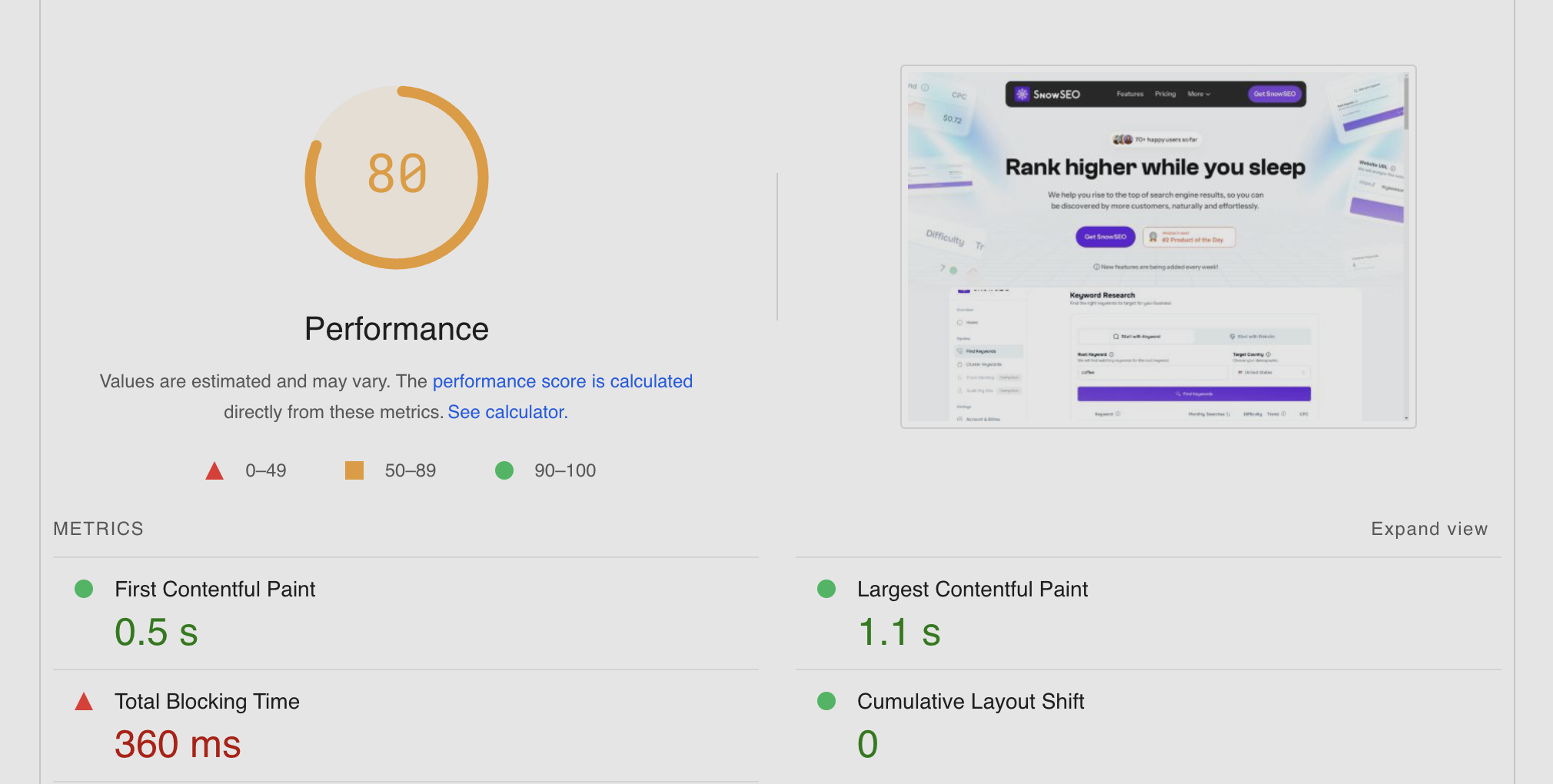
By focusing on core web vitals and technical optimization, websites can offer a better experience. This leads to higher rankings and more visitors. Following best practices helps websites stay competitive and reach their goals online.
Tip: Use Google PageSpeed Insights (search for "Google PageSpeed Insights") to measure your Core Web Vitals and get specific recommendations.
Example: The tool might suggest "optimize images" or "defer offscreen images." Follow those instructions.
Semantic SEO: Beyond Traditional Keyword Optimization
Search engines now understand the context and intent of search queries. This makes semantic SEO key for content optimization. By using natural language processing in SEO, creators can better connect with their audience.
Creating topic clusters is a good strategy. It groups related content around a main theme. This helps search engines see the content's structure and offers users a better search experience.
- Using header tags to structure content and highlight key points
- Optimizing images and other media to provide additional context
- Creating content that is informative, engaging, and relevant to the target audience
By following these tips and using semantic SEO, businesses can boost their online presence. They can attract more visitors and rank higher in search results.
Tip: Think like a user, not a robot. What questions would they naturally ask related to your topic?
Example: If you're writing about "coffee brewing," consider questions like: "What's the best water temperature for coffee?", "How does grind size affect coffee taste?", "What's the difference between a French press and pour-over?".
Measuring and Improving Page Performance
To make sure your page performance is top-notch, you need to keep an eye on it. This means tracking important metrics like load time, bounce rate, and conversion rate. By looking at these numbers, you can spot where to improve and make smart choices to better your page.
Some key metrics to focus on include:
- Page load time: Aim for a load time of under 3 seconds to ensure a good user experience.
- Bounce rate: A high bounce rate can indicate that your page is not relevant or user-friendly.
- Conversion rate: Track the number of visitors who complete a desired action, such as filling out a form or making a purchase.
By regularly checking and boosting your page performance, you can make your site better for users. This can lead to more people staying on your site, which means more chances to convert and earn more. Remember, keeping up with the latest methods and tools is key to maintaining great page performance.

By sticking to these tips and always focusing on measurement and improvement, you can make your page perform at its best. Always put the user first and use data to guide your choices.
Tip: Set up Google Analytics to track user behavior on your pages (bounce rate, time on page, conversion rate).
Example: If you see a high bounce rate on a particular page, investigate the content for clarity or relevance issues.
Building Authority Through E-E-A-T Signals
To have a strong online presence, focus on E-E-A-T signals. Show author expertise and content credibility to users and search engines. This boosts your website's visibility and ranking.
Building authority is crucial for trust with your audience and search engines. Show your author expertise and knowledge in your field. Also, content credibility is key, showing your content's accuracy and reliability.
Key Factors in Building Authority
- High-quality, well-researched content that demonstrates author expertise
- Transparent and accurate information that showcases content credibility
- Positive user reviews and feedback that reinforce trust signals
Focus on these factors and use E-E-A-T signals in your content strategy. This builds authority and a strong online presence. It also improves your search engine rankings and website visibility.
Tip: Link out to authoritative sources. This shows you've done your research and aren't afraid to cite others.
Example: If you're writing about a scientific study, link to the original study or a reputable news article about it.
Advanced LSI Keyword Integration Strategies
LSI keywords are key to making your content better and more visible online. LSI stands for Latent Semantic Indexing. It helps search engines understand the meaning behind words in your content. By using LSI keywords, you can make your webpage more credible and easier to find.
To use LSI keywords well, you need to find the right phrases related to your main keyword. You can do this by looking at what competitors do, using keyword tools, and finding long-tail keywords. Some effective integration strategies include:
- Adding LSI keywords to your meta tags, like title tags and meta descriptions
- Putting LSI keywords in your header tags, such as H1 and H2 tags
- Using LSI keywords in your content, but don't overdo it to avoid keyword stuffing
These integration strategies can make your content more relevant and visible in search results. Using LSI keywords also helps you:
create more focused content, boost your webpage's credibility, and get more visitors to your site. Advanced LSI keyword strategies are vital for any content optimization plan. They help you rank better in search engines and get more online visibility.
Tip: Use LSI keywords in image alt text. Don't just use one keyword, create a short, descriptive sentence.
Example: Instead of just "Coffee beans," use "Freshly roasted coffee beans being poured into a grinder."
Mobile-First Optimization Techniques
Most online traffic comes from mobile devices. So, it's key to focus on mobile-first optimization when making websites. This ensures your site works well on all devices and screen sizes. By using responsive design, your website will adjust to fit different devices, making it easy for users to navigate.
A good mobile website should think about mobile performance like page load times. To improve this, consider these important points:
- Optimize images and videos to reduce file size and improve loading times
- Use caching and content delivery networks (CDNs) to minimize server requests
- Implement touch-friendly navigation patterns, such as large buttons and intuitive menus
Adding these elements can greatly improve your website's mobile performance. This leads to a better user experience. It also helps your site rank higher in search engines and get more visitors. Remember, mobile-first optimization is now a must in today's digital world.
Tip: Use browser caching to cache static content like images and CSS, and help improve load times.
Example: Using a CDN (Content Delivery Network) to distribute content across multiple servers.
FAQ
1. What is the importance of understanding user intent in SEO?
SEO has changed from focusing on keywords to understanding what users want. Knowing what users intend helps create content that meets their needs. This way, your content becomes more relevant and ranks better in search results.
2. How can semantic SEO and LSI keywords improve content optimization?
Semantic SEO and LSI keywords make your content better. They help search engines understand your content's meaning and context. Using them can make your content more appealing to users and search engines alike.
3. What is the importance of structured data in enhancing content visibility?
Using structured data, like schema.org markup, boosts your content's visibility. It gives search engines more information about your content. This can lead to better search results, more clicks, and higher visibility.
4. Why are core web vitals important for technical optimization?
Core web vitals measure how well a website works for users. Improving these metrics, like Largest Contentful Paint and First Input Delay, makes your site better. This can lead to better user experience and higher rankings.
5. How can building authority through E-E-A-T signals enhance content credibility?
Building authority through E-E-A-T signals makes your content more credible. Showing expertise, experience, and trustworthiness helps users and search engines trust your content. This can improve your content's ranking and visibility.
6. What are the benefits of advanced LSI keyword integration strategies?
Advanced LSI keyword strategies can greatly improve your content. They help search engines understand your content's context and meaning. This leads to better relevance, ranking, and visibility for your content.
7. Why is mobile-first optimization important for content optimization?
Mobile-first optimization is key in today's digital world. It ensures your content works well on mobile devices. This improves user experience and can boost your search rankings, as mobile-friendliness is important.
Conclusion: Implementing Your Content Optimization Strategy
Optimizing your content for user intent and E-E-A-T is key in today's digital world. By using the strategies from this article, you can make your content more relevant and visible. This will help it have a bigger impact.
Improving your content is an ongoing task. You need to keep checking how well your content is doing. Also, watch for updates from search engines and adjust your strategy as needed. This ensures your content meets user and search engine standards.
Understanding your audience and doing good keyword research is crucial. Also, make sure your content is valuable and trustworthy. By following these steps, you'll attract more visitors, keep them engaged, and reach your digital marketing goals.
Tip: Revisit and update your content regularly. SEO and user preferences change over time, so keep your content fresh and relevant.
Example: Set a reminder to review your top-performing blog posts every six months to update information, add new insights, and refresh the content.




